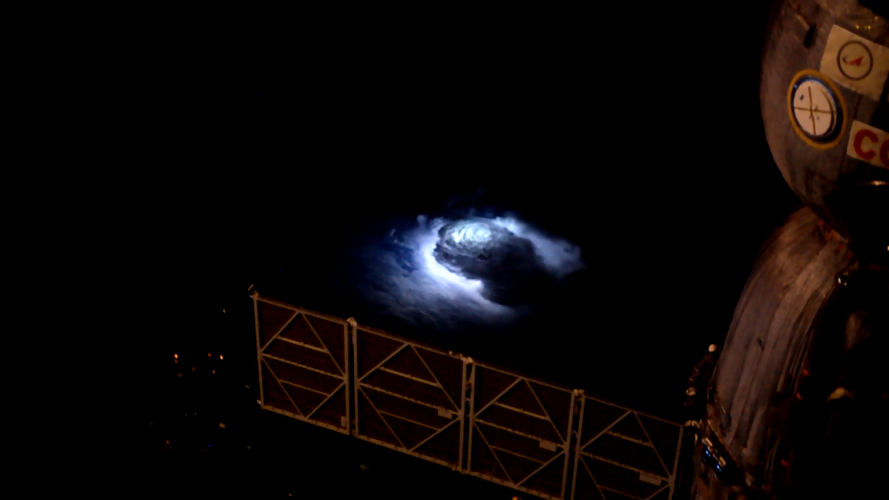Thunderstorms and climate
Thunderstorms are formed when hot air rises and comes in contact with colder layers of air in the upper atmosphere. This airflow takes with it any particles and greenhouse gasses present in the lower regions of the Earth’s atmosphere.
Electrical discharges in a thundercloud have a chemical effect on the gases in the air, and cause higher concentrations of ozone and nitrous oxide, greenhouse gases that at are at the root of climate change.
Nitrous oxide is the third strongest greenhouse gas after carbon dioxide and methane, and has the strongest global warming potential. What is worse is that, the negative effects of these gases are even more pronounced at the higher altitudes of a thunderstorm.
One type of electrical discharge that is responsible for these chemical changes is the ‘blue streamer corona’. The presence of these coronas can influence the chemical balance of the atmosphere, now and in the future. Not much was known about this phenomenon before, but through ASIM, the coronas can now be measured from low-Earth orbit and eventually applied to climate models.
Studying thunderstorms through the ASIM will give us better insights into the progression and the effects of climate change, with strongest impact on tropical regions.
As Francisco Gordillo-Vazquez, senior staff scientist at the Institute of Astrophysics of Andalusia (IAA-CSIC) and part of the international ASIM team says: “Fundamental understanding and knowledge can have tremendous and unsuspected practical benefits. Missions like ASIM are quite cheap when compared to commercial space programs. The knowledge learnt from this programme will help create solid foundations for future space instruments to build upon.”
This research will be hugely beneficial in the fight against climate change, especially as a warmer climate can also cause more thunderstorms to occur in the first place. The more we can understand, the more we will be able to avoid negative effects.



